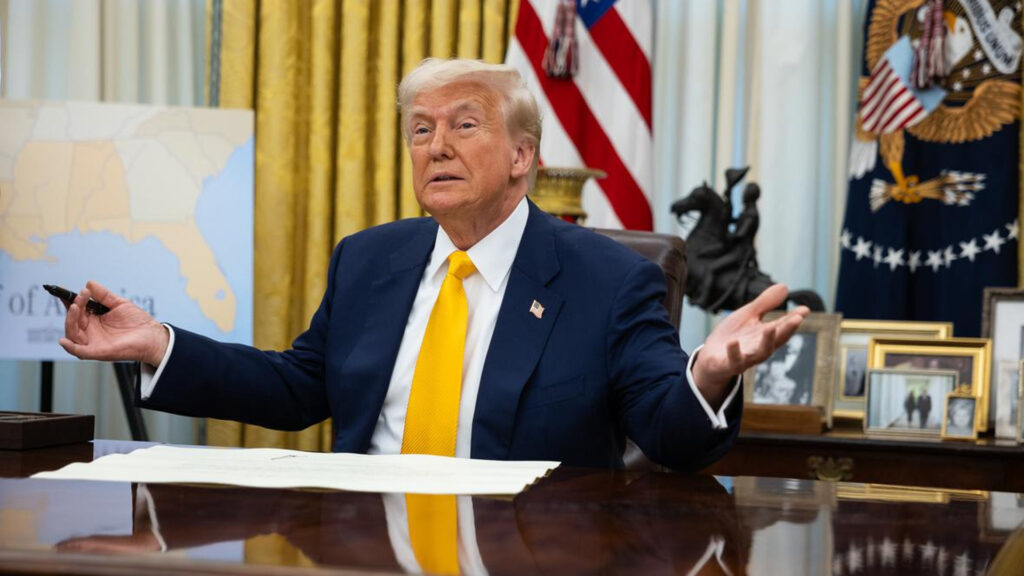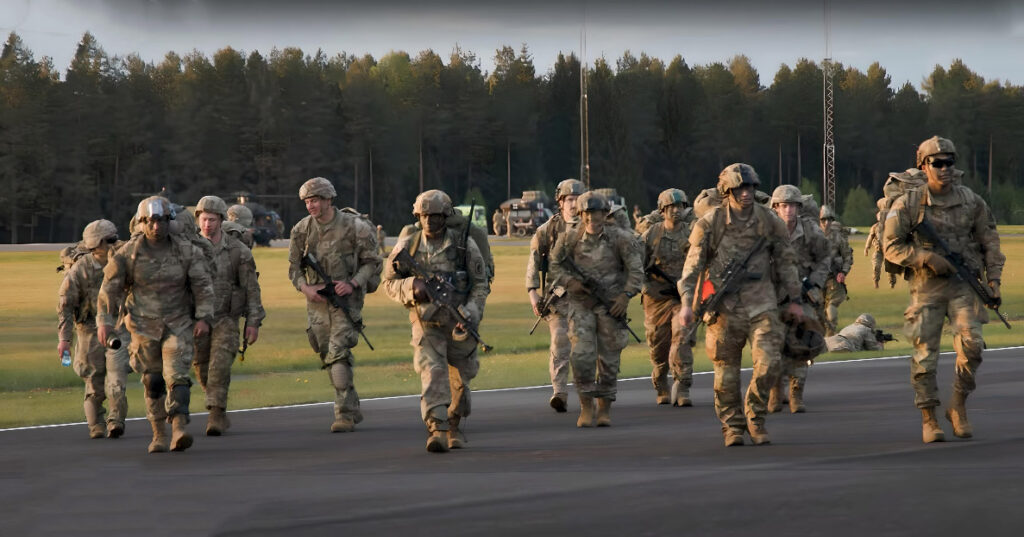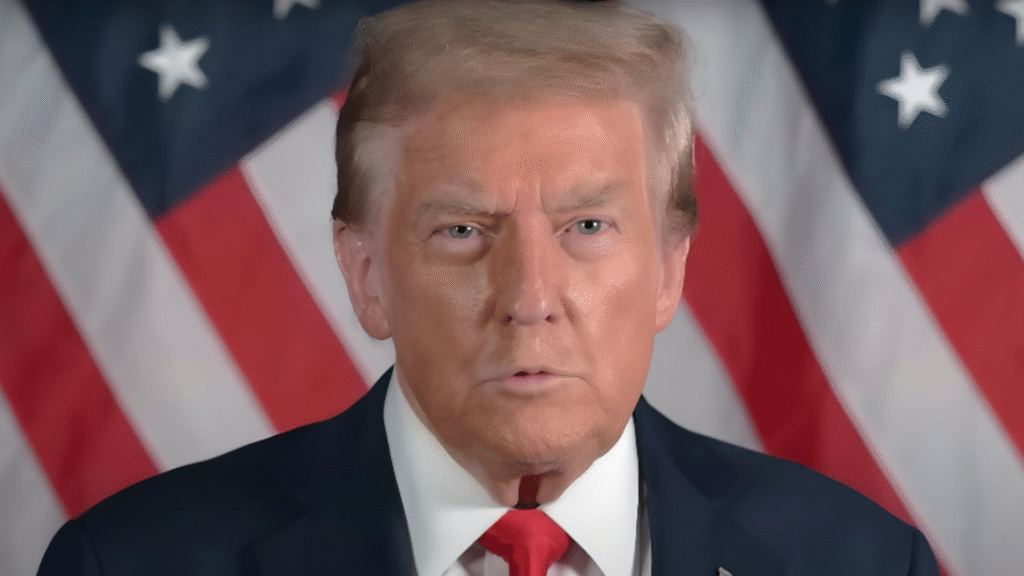On July 5, 2025, former U.S. President Donald Trump once again made headlines with a candid statement about the ongoing conflict between Russia and Ukraine. In a recent interview, he openly admitted that peace might be out of reach.
“I’m trying to end it. I just want to bring it to a close, settle it… but I don’t know if that will happen. I can’t tell you whether it will or not,” Trump said when asked about the prospects of resolving the war.
His remarks signal a significant shift in tone. While Trump once boldly claimed he could end the war in 24 hours, his recent statements paint a far more complex picture. Back in April, he acknowledged that such promises were “exaggerations” and that diplomacy was “far more difficult than it looks.”
No Easy Way Out
In the same interview, Trump didn’t hold back in criticizing his political rival and predecessor, Joe Biden, blaming him directly for the escalation. He described the war as “Biden’s problem,” distancing himself from the origins of the conflict and emphasizing his own desire to find a solution, not deepen the crisis.
Yet his skepticism was evident. According to Reuters, Trump came away disappointed from his most recent talks with Russian President Vladimir Putin. While initially hopeful about direct dialogue, the outcome left him questioning Moscow’s intentions — especially following intensified strikes on Kyiv. After a meeting with Putin in May, Trump expressed doubts about the Russian leader’s commitment to peace.
Controversial Proposals
Trump continues to advocate for negotiations as the only viable path to peace. However, many of his ideas have sparked backlash — not just from Kyiv, but from key European allies as well. He has sharply criticized Ukraine’s refusal to acknowledge the status of Crimea as it stood in 2014, calling such positions “inflammatory” and obstacles to peace.
A recent White House proposal to “freeze” current frontlines — which would imply concessions from both sides — was flatly rejected by Ukrainian leadership. Kyiv views any such move as a de facto recognition of territorial losses. Meanwhile, European leaders have voiced concern that Trump’s approach may align more closely with Russian interests, potentially weakening Ukraine’s position.
The Difficult Role of a Mediator
Still, Trump continues to present himself as a peacemaker. He insists that ending the conflict in Europe should be a top priority — even if it means embracing unconventional solutions. Yet his warning that the U.S. might “step away from the process” if both sides show no willingness to negotiate suggests that patience in Washington is wearing thin.
Whatever the coming months may bring, one thing is clear: despite repeated declarations of peace efforts, the political and diplomatic landscape remains deeply strained. And peace proposals — even from a figure as prominent as Donald Trump — don’t always land the way their authors intend.



